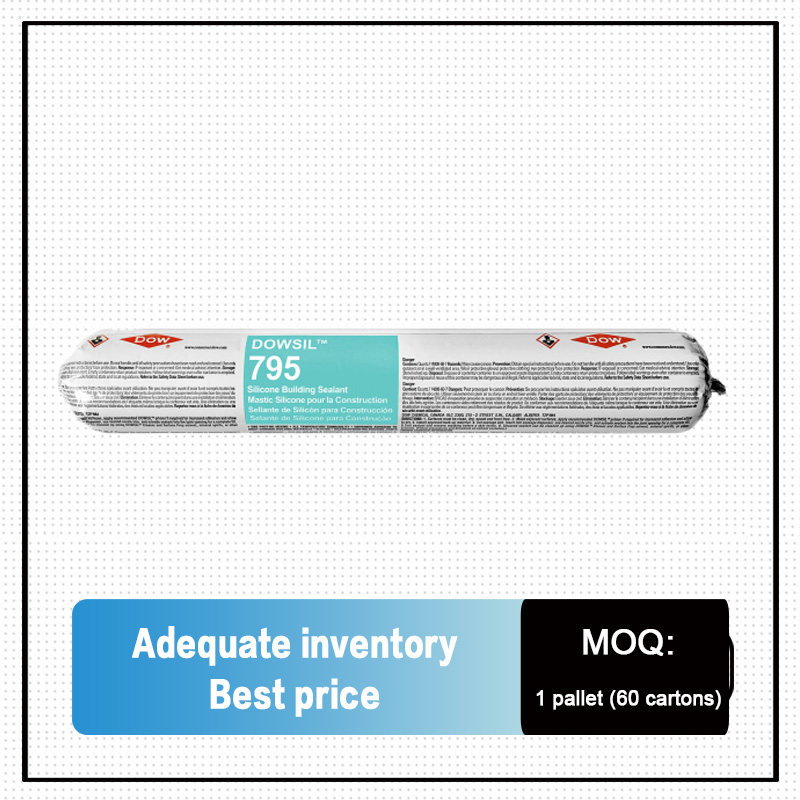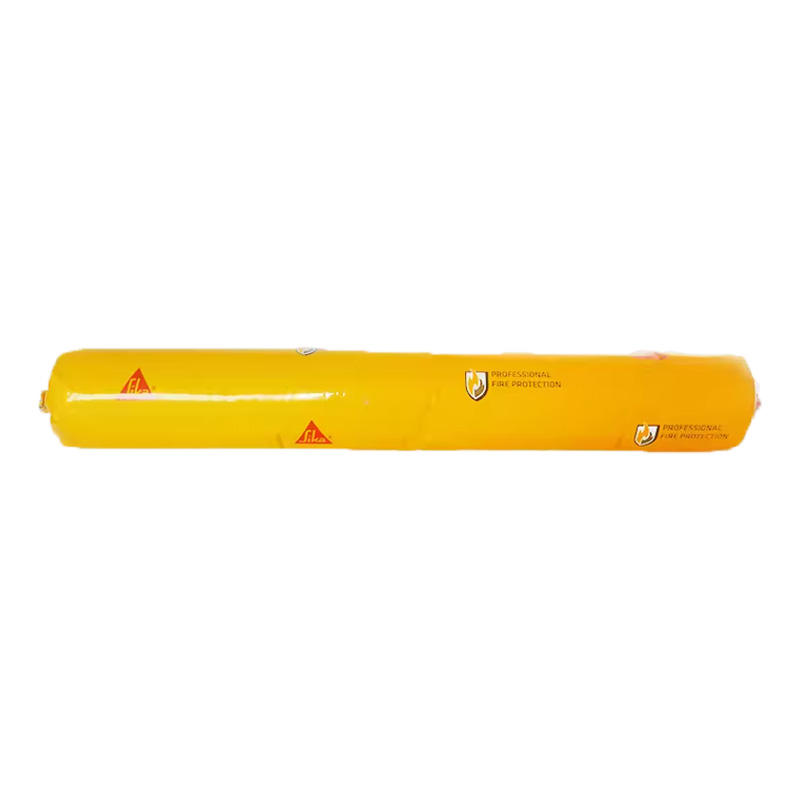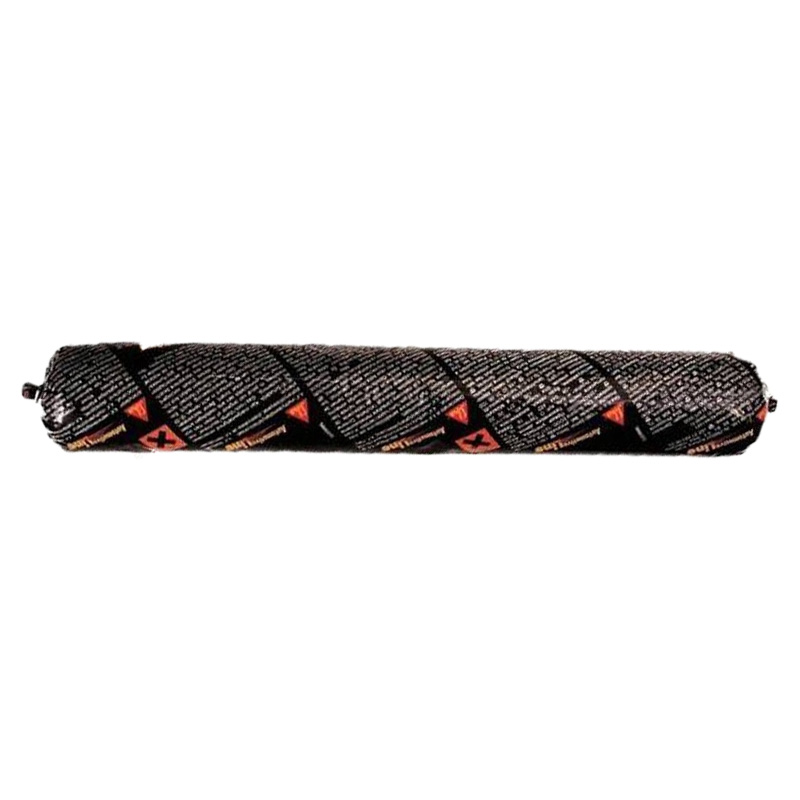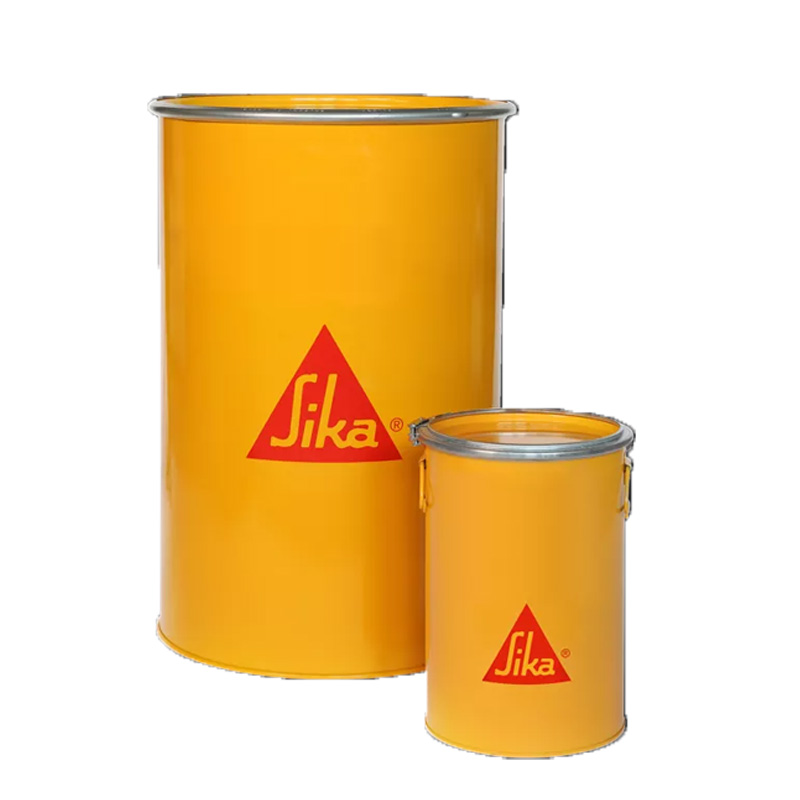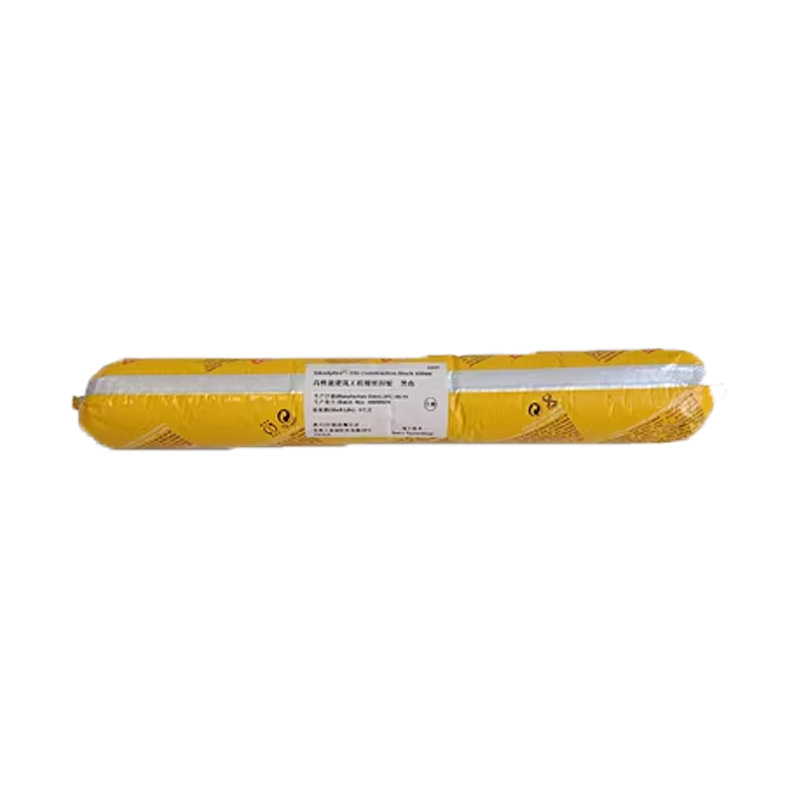DOWSIL™ 795 Silicone Building Sealant is a one-part, neutral-cure, architectural-grade sealant that easily extrudes in any weather and cures quickly at room temperature. This cold-applied, non-sagging silicone material cures to a medium modulus silicone rubber upon exposure to atmospheric moisture. The cured sealant is durable and flexible enough to accommodate ± 50 percent movement of original joint dimension when installed in a properly designed weather seal joint. In a properly designed structurally glazed joint, the sealant is strong enough to support glass and other panel materials under high wind load.
Features & Benefits
-Suitable for most new construction and remedial sealing applications
-Versatile – high performance structural glazing and weather sealing from a single product
-Available in 15 standard colors; custom colors also available
-Excellent weatherability virtually unaffected by sunlight, rain, snow, ozone and temperature extremes of -40°F (-40°C) to 300°F (149°C)
-Excellent unprimed adhesion to a wide variety of construction materials and building components, including anodized, alodined, most coated and many Kynar painted aluminums
-Ease of application – ready to use as supplied
-Ease of use – all temperature gunnability, easy tooling and low-odor cure byproduct
-Meets global standards (Americas, Asia and Europe)
Approvals/Specifications
DOWSIL™ 795 Silicone Building Sealant meets the requirements of:
-Federal Specification TT-S 001 543A (COM-NBS) Class A for silicone building sealants
-Federal Specification TT-S-00230C (COM-NBS) Class A for one-part building sealants
-ASTM Specification C 920 Type S, Grade NS, Class 50, Use NT, G, A and O
-ASTM Specification C 1184 for structural silicone sealants
-Canadian Specification CAN2-19.13- M82
Applications
-Structural and nonstructural glazing
-Structural attachment of many panel systems
-Panel stiffener applications
-Weather sealing of most common construction materials including glass, aluminum, steel, painted metal, EIFS, granite and other stone, concrete, brick and plastics
Typical Properties
| Adhesion to | Alodine Aluminum, Aluminum, Anodized Aluminum, Brickwork, Concrete, Enamelled and Reflective Glass, Extruded Mill Finish, Fluorocarbon Coated Aluminum, Glass, Granite, Heat Strengthened Glass, Light-Weight Stone Panels, Limestone, Low E Coated Glass, Marble, Masonry, Metal, Metal Panels, Paint, Plastic, Polyester Powder Coated Aluminum/Steel, Silicone, Stainless Steel, Steel, Stone, Vinyl/PVC-U, Wood |
| Appearance | Opaque |
| Chemistry | Neutral |
| Color | Adobe Tan, Anodized Aluminum, Black, Blue Spruce, Bronze, Champagne, Charcoal Gray, Custom, Dusty Rose, Grey, Limestone, Natural Stone, Rustic Brick, Sandstone, White |
| Durometer - Shore A | 35 |
| Flow/Sag (Slump) | <2.54 mm |
| Movement | Medium |
| Movement Capability | -50 to 50 % |
| Peel Strength | 32 Lb/Inch |
| Resistance Type | Ozone Resistance, Thermal, UV, Water |
| Shelf Life | 360 Days |
| Substrate | Non-porous, Porous |
| Tensile Strength at Break | 45 psi |
| Volatile Organic Content | 28 g/liter |
How to Use
Please consult the Dow Americas Technical Manual, Form No. 62-1112, for detailed information on state-of-the-art application methods and joint design.
Preparation
Clean all joints, removing all foreign matter and contaminants such as grease, oil, dust, water, frost, surface dirt, old sealants or glazing compounds and protective coatings.
Application Method
Install backing material or joint filler, setting blocks, spacer shims and tapes. Mask areas adjacent to joints to ensure neat sealant lines. Primer is generally not required on nonporous surfaces, but may be necessary for optimal sealing of certain porous surfaces. A test placement is always recommended. Apply DOWSIL™ 795 Silicone Building Sealant in a continuous operation using positive pressure. (The sealant can be applied using many types of air-operated guns and most types of bulk dispensing equipment.) Before a skin forms (typically within 15 minutes), tool the sealant with light pressure to spread the sealant against the backing material and joint surfaces. Remove masking tape as soon as the bead is tooled.



